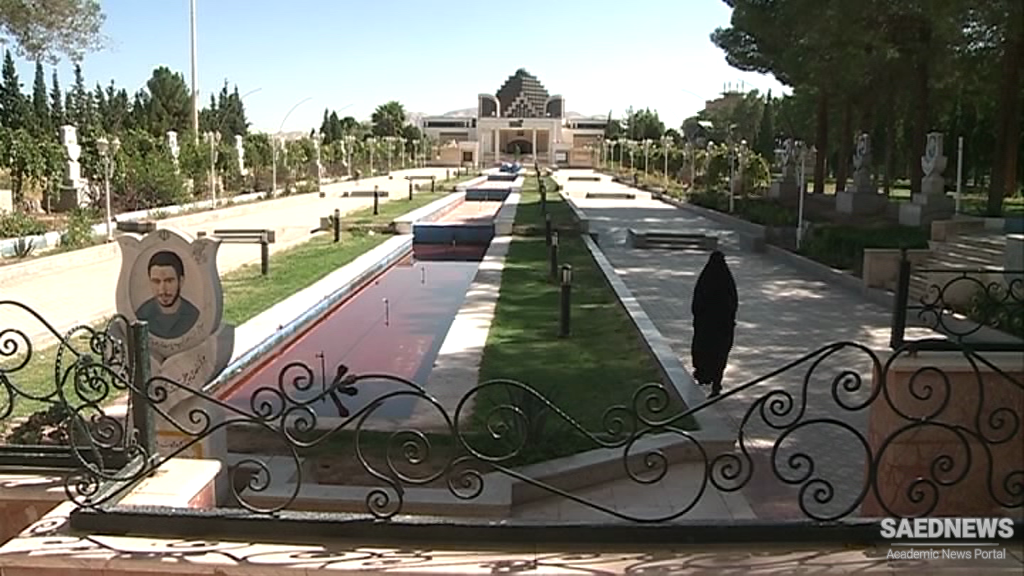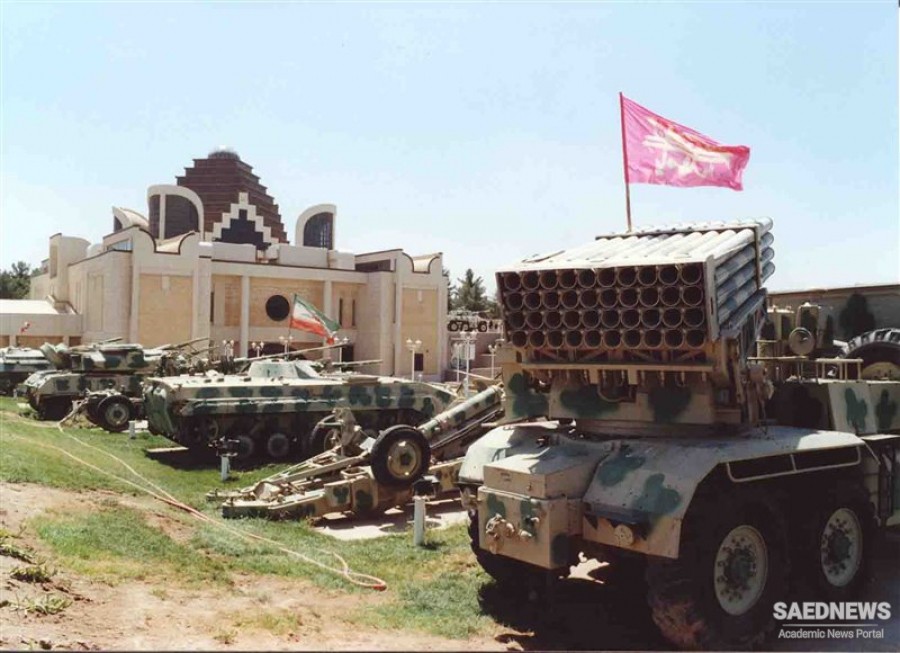Kerman Museum of Holy Defense as one of the largest Garden Museums of Holy Defense in the country was constructed during the presidential tenure of Ayatollah Hashemi Rafsanjani in Kerman City. This building has been constructed under the inspiration of Iranian and traditional architecture of Kerman and in view of the climate and traditional structures including Kerman vents and by means of climate friendly materials. Kerman Holy Defense Museum is home to the memories of war and Holy Defense and braveries of Division 41of Iranian Army during Iraq’s invasion to Iran. This structure is located at the center of Kerman City along with Shuhada Square and is easily accessible from all directions. This museum has different halls in each one of which special events of war are presented.
Address: Google Map

In a hall devoted to the lessons of history, the documents of insufficiency of previous regimes in protection of Iran and people are provided. The other hall presents the documents related to the beginning of the war by Iraq’s Ba’ath Regime as well as the movements that the enemy had before the war and lack of facilities at the outset of the war and irresponsible actions of some officials that have persuaded the enemy to attack the cities of the country. In one hall the visitors are provided with the signs of the unequal war of Iran and Iraq as well as the use of chemical weapons by Saddam against Iranian people and inappropriate encounters of Iraqis with Iranian prisoners and different types of torturers posed against Iranian prisoners. In part of the Main Hall the pictures of people’s aid, prisoners’ handmade artifacts as well as their innovations during their imprisonment. Some paintings are hanging along the corridors that depict eight epic years of Holy Defense and in some parts of the museum, one can find pictures of the martyrs, their personal stuff, handwritings, letters, last wills and spoils gathered by the soldiers. There is also an open hall where heavy war weapons are presented most of which are war spoils as well as a model of Karbala 5 Operation Region in Shalamcheh.


 Kerman Clock Museum
Kerman Clock Museum














































